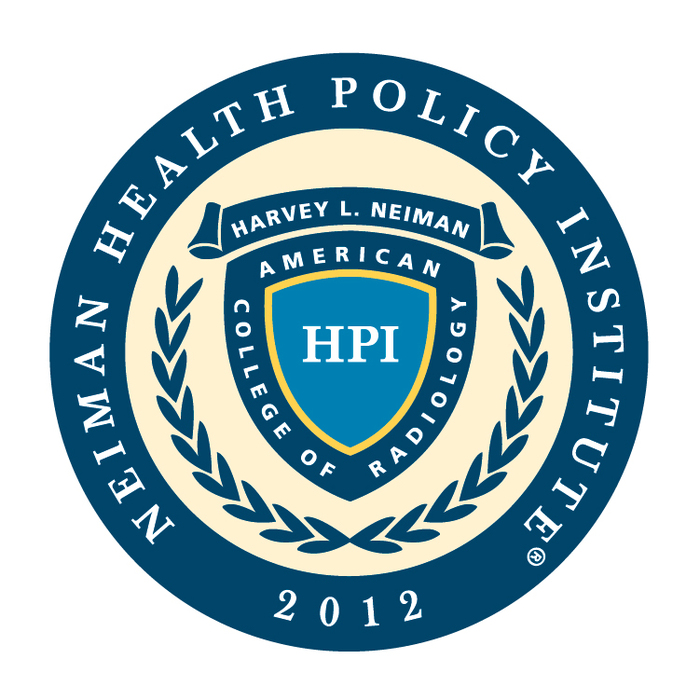Newswise — Reston, VA – Concerns regarding increasing utilization of non-vascular extremity ultrasound (US) imaging led to the Current Procedural Terminology (CPT) Editorial Panel to separate a singular billing code into distinct comprehensive and focused examination codes with differential reimbursement. This new Harvey L. Neiman Health Policy Institute study, published online in Current Problems in Diagnostic Radiology, explores the association of the billing code separation on nonvascular extremity US utilization, with attention to specialty-specific variation.
“Beginning in 2011, the CPT Editorial Panel created two separate CPT codes for non-vascular extremity US, corresponding with complete and limited examinations,” stated first author Robert J. French, Jr., MD, assistant professor of radiology at Duke University School of Medicine. “One goal of the code separation was to recognize focused point-of-care ultrasounds by certain specialties as distinct from the more complete examinations typically performed by radiologists.”
Dr. French and team used Physician/Supplier Procedure Summary (PSPS) Master Files, and identified all non-vascular extremity US services billed for Medicare fee-for-service beneficiaries between 1994 and 2017. These included generic, complete, and limited examinations. Annual utilization per 100,000 beneficiaries was computed and classified by billing specialty. Compound annual growth rates were also calculated.
Radiologists and podiatrists were the top two billing specialties for nonvascular extremity US examinations. From 1994-2010, radiologist services increased 6% annually. Following the 2011 code separation, radiologists’ utilization increased 3% annually for complete and 12% for limited exams. Between 1994 and 2017, radiologists’ market share decreased 73% to 40%. From 1994-2010, podiatrist services increased 87% annually. Following the code separation, podiatrists’ annual utilization growth stabilized 0.4% for complete and 0.6% for limited exams. Podiatrists’ market share was 9% in 2001, peaked at 31% in 2009, and declined to 14% in 2017.
“Prior rapid growth in extremity nonvascular US for podiatrists slowed considerably following CPT code separation in 2011,” wrote Andrew Rosenkrantz, MD, MPA, lead study author, professor and director of health policy in the department of radiology at NYU Grossman School of Medicine and a Neiman Institute affiliate senior research fellow. "Subsequent service growth has largely been related to less costly, focused examinations performed by radiologists."
Further study may help better understand how CPT coding changes alter imaging utilization more broadly.
To obtain a copy of the study or to arrange an interview with a Neiman Institute spokesperson, contact Nichole Gay at (703) 648-1665 or [email protected].
